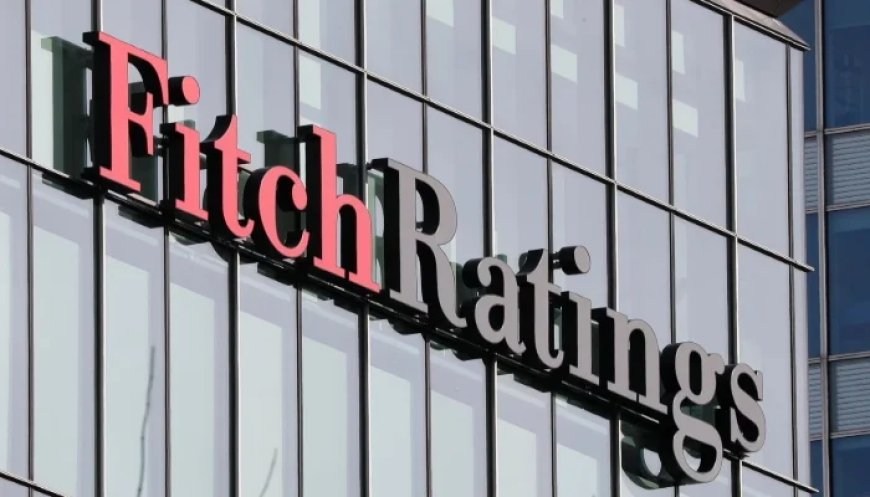Pakistan making headway towards economic stability, says Fitch Ratings

1. SBP decision to cut policy rate to 12% underscored recent progress in taming inflation, notes Fitch
Fitch Highlights Pakistan’s Economic Stability and Reform Progress
Pakistan has made notable strides in restoring economic stability and bolstering external reserves, Fitch Ratings stated in a note on Thursday.
The agency stressed that advancing structural reforms would be essential for upcoming International Monetary Fund (IMF) programme reviews and securing continued financial support from multilateral and bilateral lenders.
Fitch noted that the State Bank of Pakistan’s (SBP) decision to lower the policy rate to 12% on January 27 reflected progress in curbing inflation. Consumer price inflation declined to just over 2% year-on-year in January 2025, a sharp drop from an average of nearly 24% in FY24.
The agency attributed the rapid disinflation to subsiding base effects from earlier subsidy reforms, exchange rate stability, and a tight monetary stance, which helped curb domestic demand and external financing needs.
Economic Recovery and Growth
Economic activity is now benefiting from stability and falling interest rates, having previously absorbed tighter policy settings. Fitch forecasts Pakistan’s real value-added growth at 3.0% in FY25, citing a turnaround in private sector credit growth, which turned positive in real terms in October 2024 for the first time since June 2022.
Current Account Surplus and Foreign Exchange Reserves
Strong remittance inflows, robust agricultural exports, and tight policies helped Pakistan post a current account surplus of approximately $1.2 billion (over 0.5% of GDP) in the six months ending December 2024, reversing a similar deficit in FY24.
Foreign exchange market reforms implemented in 2023 played a crucial role in this shift. When Fitch upgraded Pakistan’s rating to ‘CCC+’ in July 2024, it anticipated a slight widening of the current account deficit in FY25. However, foreign exchange reserves have now surpassed both IMF EFF targets and Fitch’s earlier projections, reaching over $18.3 billion by end-2024, equivalent to around three months of external payments, compared to $15.5 billion in June.
Debt Maturities and External Financing Challenges
Despite progress, reserves remain low relative to funding needs, with over $22 billion in public external debt maturing in FY25. This includes nearly $13 billion in bilateral deposits, which Fitch expects to be rolled over. Saudi Arabia extended $3 billion in December, while the UAE rolled over $2 billion in January.
Fitch noted that new bilateral capital flows will likely become more commercial and tied to reforms, citing talks on selling a government stake in a copper mine to a Saudi investor and a recently agreed deferred oil payment facility between Pakistan and Saudi Arabia as examples.
Securing sufficient external financing remains a challenge. Pakistan’s authorities have budgeted around $6 billion in multilateral funding for FY25, including IMF support, but $4 billion of this will primarily refinance existing debt.
A newly announced $20 billion, 10-year framework with the World Bank Group aligns with expectations, given the group's current project portfolio of $17 billion and an annual average of $1 billion in net new lending over the past five years.
Fiscal Reforms and IMF Commitments
Fitch acknowledged progress in fiscal reform, despite certain setbacks. The primary fiscal surplus has exceeded IMF targets, though federal tax revenue growth in the first half of FY25 fell short of the IMF’s indicative performance criterion.
All provinces have legislated higher agricultural income taxes, a key structural requirement under the IMF EFF. However, the reform’s January 2025 implementation deadline was missed due to delays.
In July 2024, Fitch indicated that positive rating action could follow sustained reserve recovery, lower external financing risks, and fiscal consolidation in line with IMF commitments.
However, it cautioned that deteriorating external liquidity, such as delays in IMF reviews, could lead to negative rating action.


















































